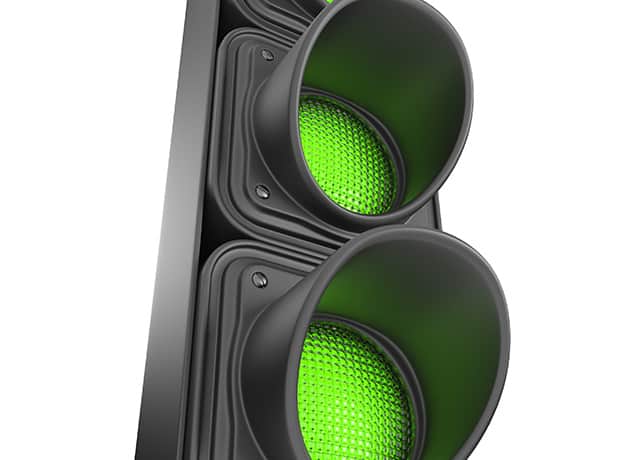High-risk stage two cancer patients could be identified more easily and accurately, due to a hopeful new prognostic method.
The method, created by researchers at the University of St Andrews, takes into consideration how the immune system interacts with aggressive tumour cells in patients with colorectal cancer.
The TNM staging system, which is the method currently used to diagnose the disease, provides information on the local spread and size of the tumour, and whether it has spread to the lymph nodes or has spread to distant organs. TNM staging has been the clinical gold-standard for cancer prognosis and clinical decision-making for many decades.
Twenty percent of patients with TNM stage two colorectal cancer, however, experience recurrence of the disease with fatal consequences, but the new system of prognosis developed in St Andrews is believed to be more accurate than current prognostic staging systems specifically for these stage two patients.
Researchers examined lymphocytes of the immune system and how they react to a particular type of aggressive tumour cells (tumour budding). Using both the information about tumour budding and the immune system, Inés Nearchou of the School of Medicine at the University created a new model to classify patients with a high risk of succumbing to disease and who might benefit from additional therapy.
Dr Peter Caie, research team lead, said: “TNM staging only measures basic properties about the tumour itself and does not take into account specific cancer subpopulations, such as tumour buds, or the patient’s immune reaction to the cancer.
“In this new model, we not only measure tumour buds as well as the extent of lymphocyte reaction to the tumour, but their spatial interaction to each other, something that can only accurately be reported through an automated machine learning and image analysis workflow such as the one we applied here.”










